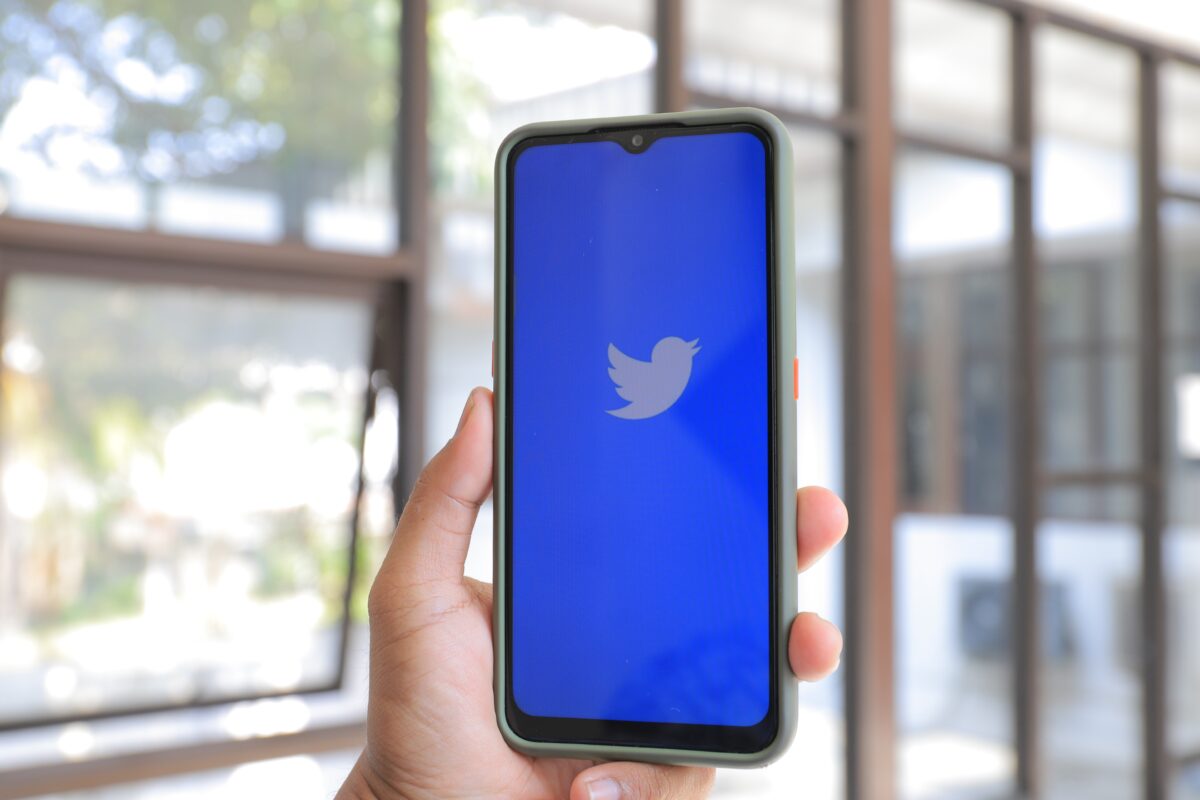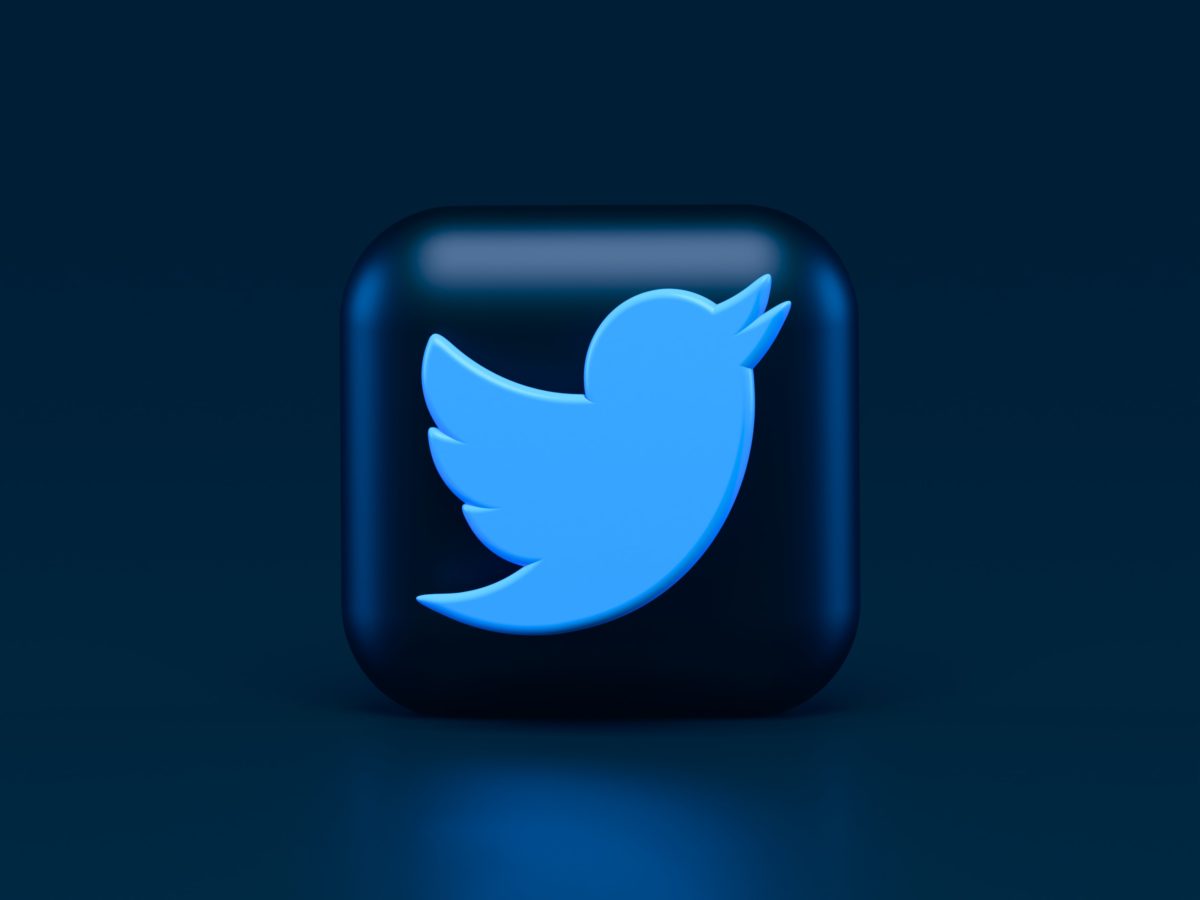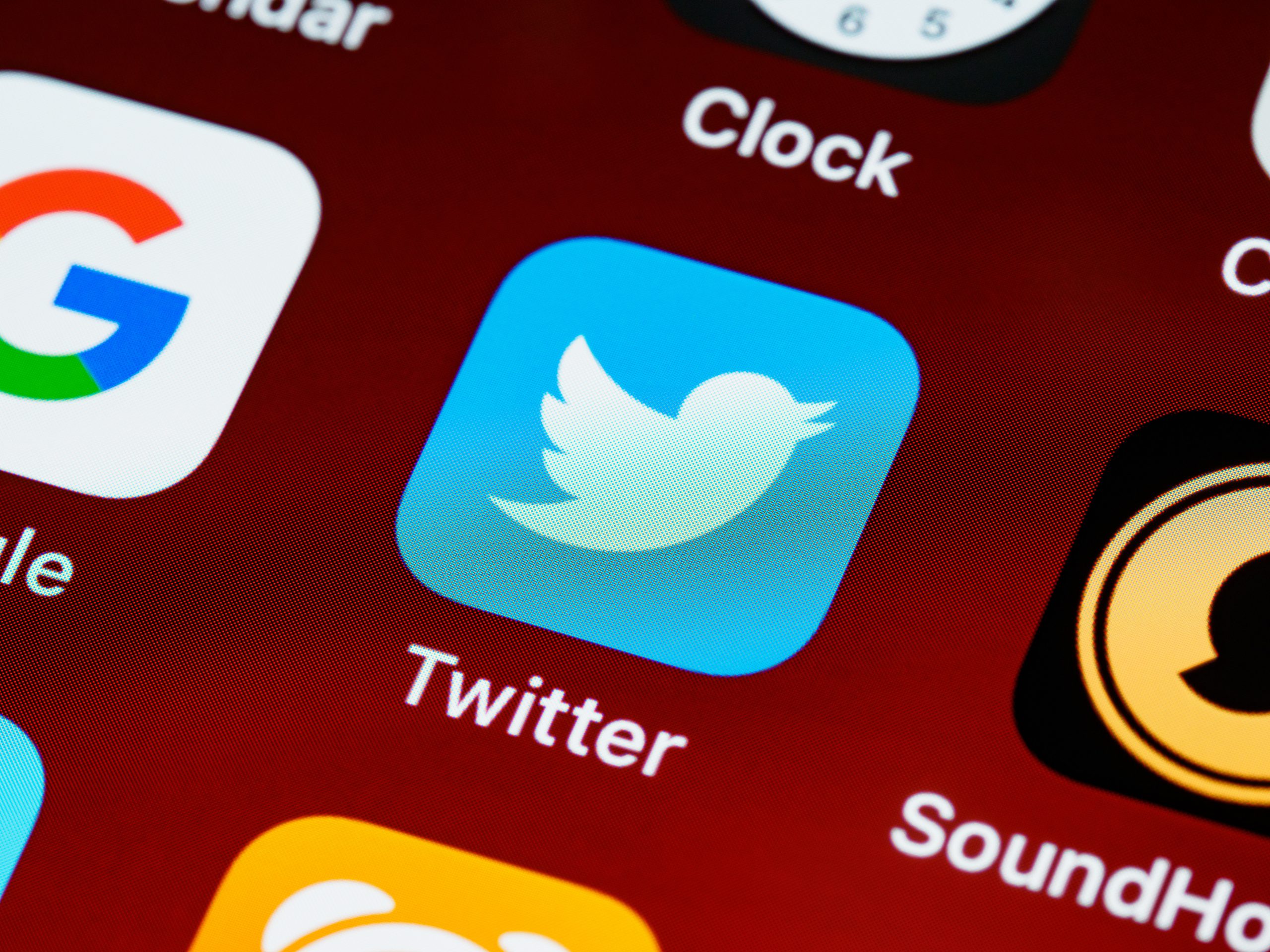Twitter, like most social media platforms, aims to help cut through bots, trolls and misinformation by various means, such as Twitter verification. And if your business is active on Twitter, you might be wondering how to get verified and earn the blue checkmark badge next … Continue reading “5 tips to get verified on Twitter”
14 biggest mistakes businesses make on Twitter
Many businesses find Twitter to be an effective social media marketing channel. It offers the opportunity to build your brand’s credibility, engage directly with customers and reach a larger audience. Twitter, originally created as a micro-blogging platform, is an online news and social networking site, … Continue reading “14 biggest mistakes businesses make on Twitter”
Got Twitter? 8 expert tips to help you market your business better
While Twitter is a powerful social media platform, it’s easy for your business to get lost in the “noise.” But it’s worth cutting through and getting your message heard. It’s important to stand out. The average Twitter user follows at least five businesses, and about … Continue reading “Got Twitter? 8 expert tips to help you market your business better”
Want to receive more great content like this for free?
Subscribe to our newsletter to get best practices, recommendations, and tips for digital marketers



